Artist’s Palate: Chiharu Shiota’s recipe for okonomiyaki
Get tangled up in Chiharu Shiota’s recipe for okonomiyaki, from our January 2023 issue’s Artist’s Palate feature, a Wallpaper* homage to our favourite contemporary art
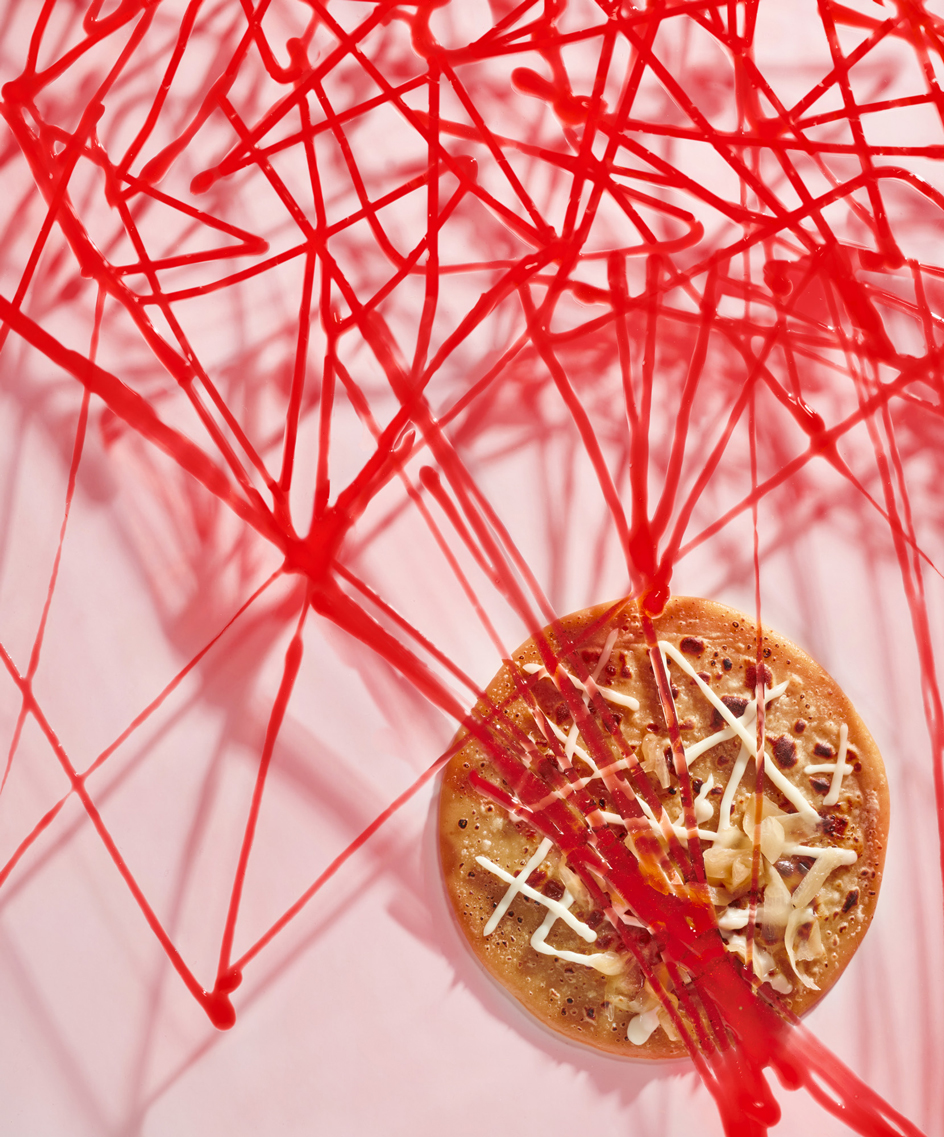
Neil Godwin - Photography
Memory plays an integral role in the work of Berlin-based Japanese installation artist Chiharu Shiota. For an early work, A Room of Memory, she used 1,000 discarded windows from derelict buildings in former East Germany to construct a tower, inviting viewers to enter and ponder the past lives that these windows had framed. Whereas her Japan pavilion for the 2015 Venice Biennale, The Key in the Hand, entangled more than 50,000 keys collected from volunteers around the world in a labyrinth of red thread. ‘The keys are imbued with various recollections and memories that have accumulated over a long period of daily use. As I create the work, the memories of everyone who provides me with the keys will overlap with my own memories,’ she said at the time.
Shiota’s dish for our Artist’s Palate series comes with a similar dash of nostalgia: okonomiyaki is thought to have originated in Osaka, where she was born. ‘I've been eating it since I was little,’ she explains. ‘I've been in Berlin for 26 years now, and sometimes I crave the taste of okonomiyaki sauce. German cabbage is so delicious that I often make it at home. It tastes like home.’
Chiharu Shiota's recipe for okonomiyaki
Ingredients: (for two pancakes)
Pancakes
100g flour
75ml dashi stock
1 tsp milk
1 tsp tsuyu sauce
3 eggs
150g cabbage, chopped roughly
2 tsp beni shoga (pickled ginger)
2 tbsp vegetable oil
100g pork belly, thinly sliced
1 tbsp Kewpie mayonnaise
1 tsp katsuobushi (bonito flakes)
1 tsp aonori (seaweed flakes)
Okonomiyaki sauce
1 tbsp Worcester sauce
1 tbsp oyster sauce
2 tbsp ketchup
1 tbsp honey
1 tsp soy sauce
Method
Receive our daily digest of inspiration, escapism and design stories from around the world direct to your inbox.
To make the sauce, mix all the ingredients in a bowl, then set aside.
To make the batter, sift the flour into a large bowl. Add the dashi stock, milk, tsuyu sauce and one egg to the bowl, then mix well until there are no lumps. Do not over-mix. Cover the bowl with plastic wrap and place it in the fridge for 30 minutes.
Put half the batter in a bowl, then add half the cabbage, half the beni shoga and one egg. Mix well. Heat a frying pan on medium-high heat, then add a tablespoon of vegetable oil. Once hot, add the cabbage mixture to the centre of the frying pan, then lay some pork belly slices on top. Fry until the bottom starts to become brown and crispy, then carefully flip it. Place a lid on the pan and cook for about 5 minutes on medium-low heat. Pierce the middle with a toothpick to make sure it’s cooked. If the toothpick doesn’t come out clean, it’s not quite ready and you need to continue to cook on low heat, checking regularly.
Once it’s cooked through, flip it again and pour half of the sauce on top, using a pastry brush or spoon to spread it evenly. Serve drizzled with mayonnaise and sprinkled with bonito and seaweed flakes.
Repeat the process with the remaining ingredients. Enjoy!
‘Invisible Line’ runs until 16 April 2023 at ARoS, Aarhus, aros.dk; chiharu-shiota.com
'Signs of Life', runs from 19 January - 9 March at Galerie Templon, New York. templon.com
TF Chan is a former editor of Wallpaper* (2020-23), where he was responsible for the monthly print magazine, planning, commissioning, editing and writing long-lead content across all pillars. He also played a leading role in multi-channel editorial franchises, such as Wallpaper’s annual Design Awards, Guest Editor takeovers and Next Generation series. He aims to create world-class, visually-driven content while championing diversity, international representation and social impact. TF joined Wallpaper* as an intern in January 2013, and served as its commissioning editor from 2017-20, winning a 30 under 30 New Talent Award from the Professional Publishers’ Association. Born and raised in Hong Kong, he holds an undergraduate degree in history from Princeton University.
-
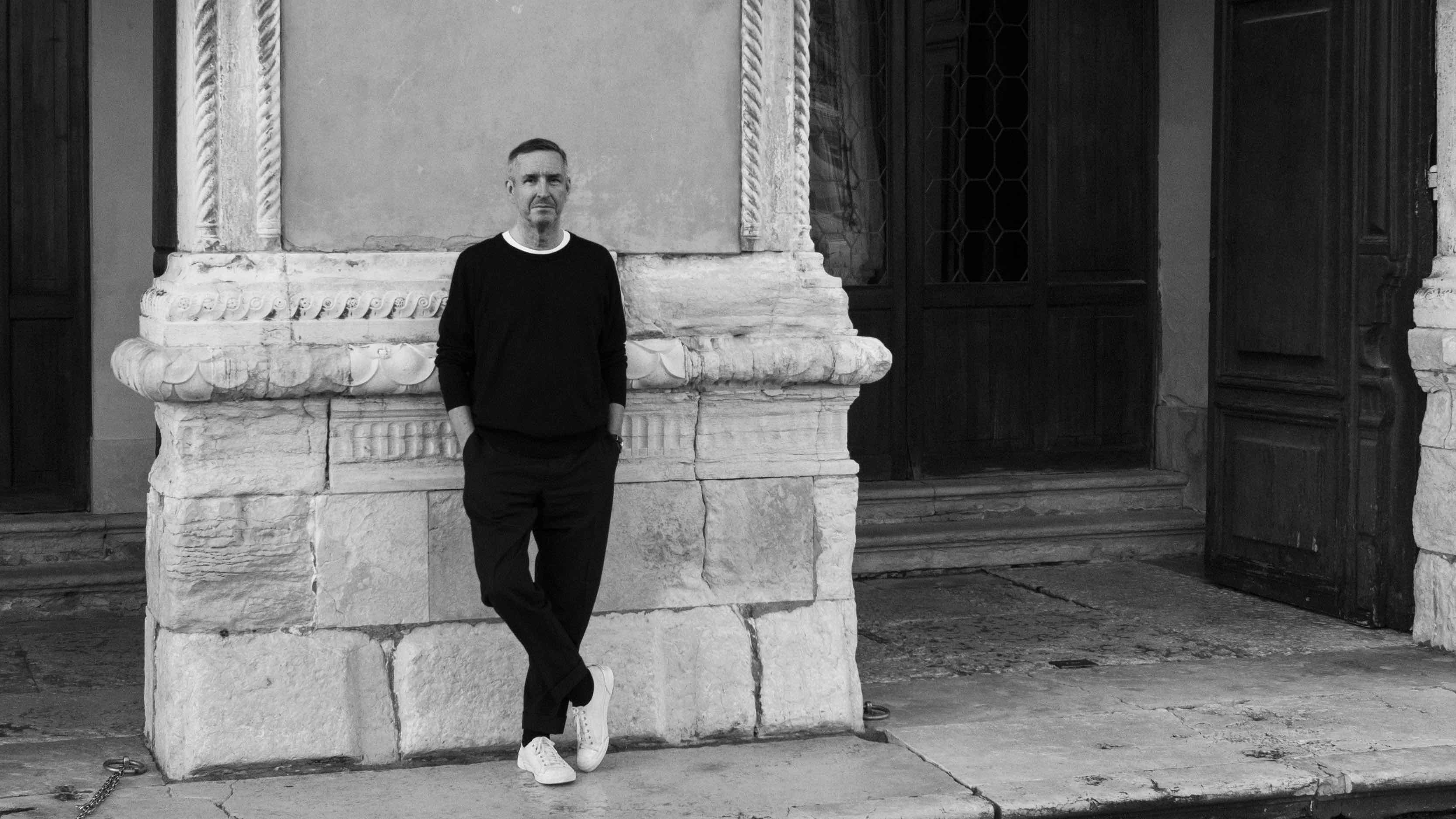 Dries van Noten on why he's building a new home for craft in Venice
Dries van Noten on why he's building a new home for craft in VeniceA year after departing the runway, Dries van Noten unveils his next chapter: the Fondazione Dries Van Noten, a newly announced cultural initiative in Venice celebrating craft in all its forms. Wallpaper meets the designer to find out why he’s not ready to retire.
-
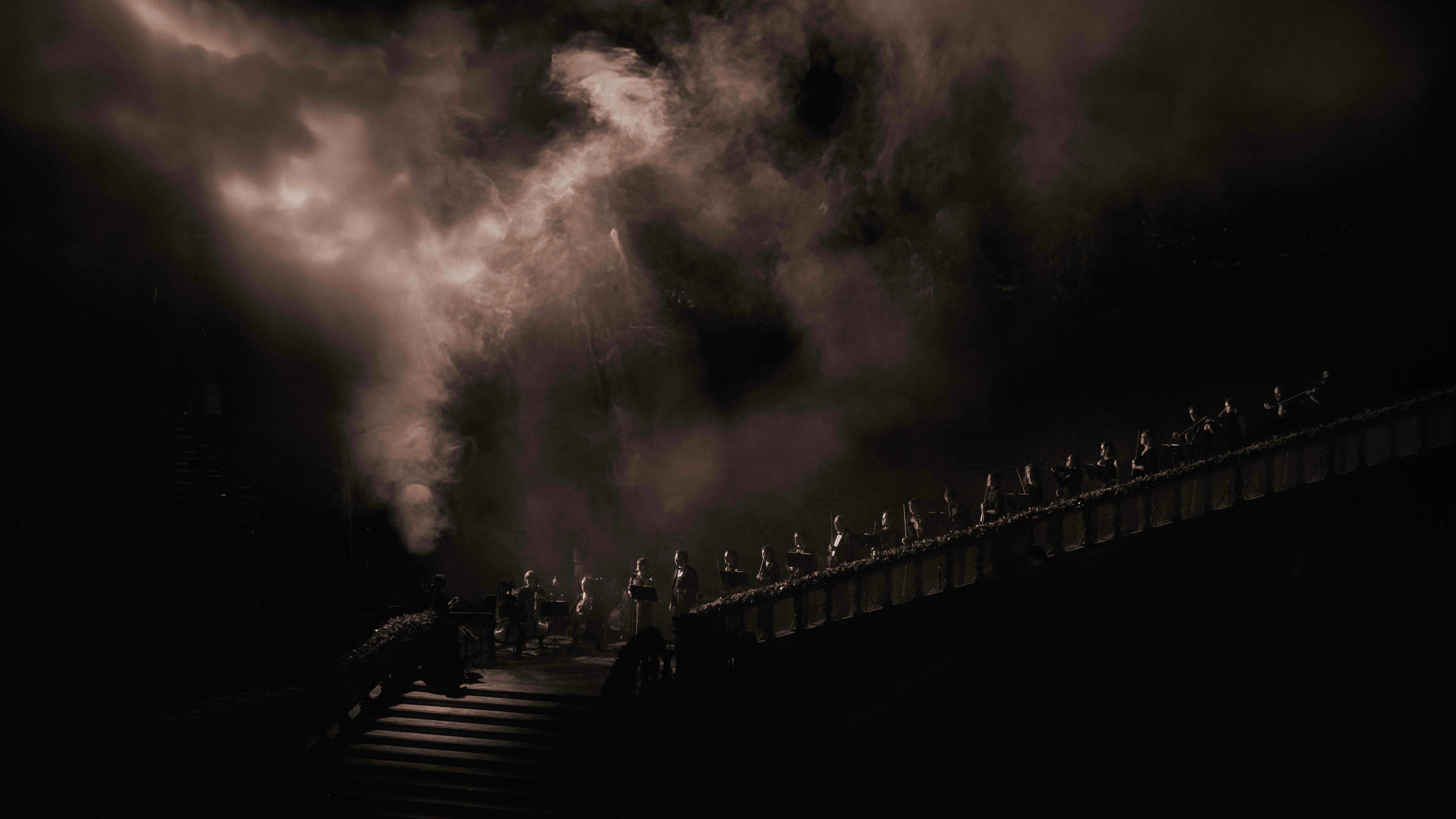 Alexander Wessely turns the Nobel Prize ceremony into a live artwork
Alexander Wessely turns the Nobel Prize ceremony into a live artworkFor the first time, the Nobel Prize banquet has been reimagined as a live artwork. Swedish-Greek artist and scenographer Alexander Wessely speaks to Wallpaper* about creating a three-act meditation on light inside Stockholm City Hall
-
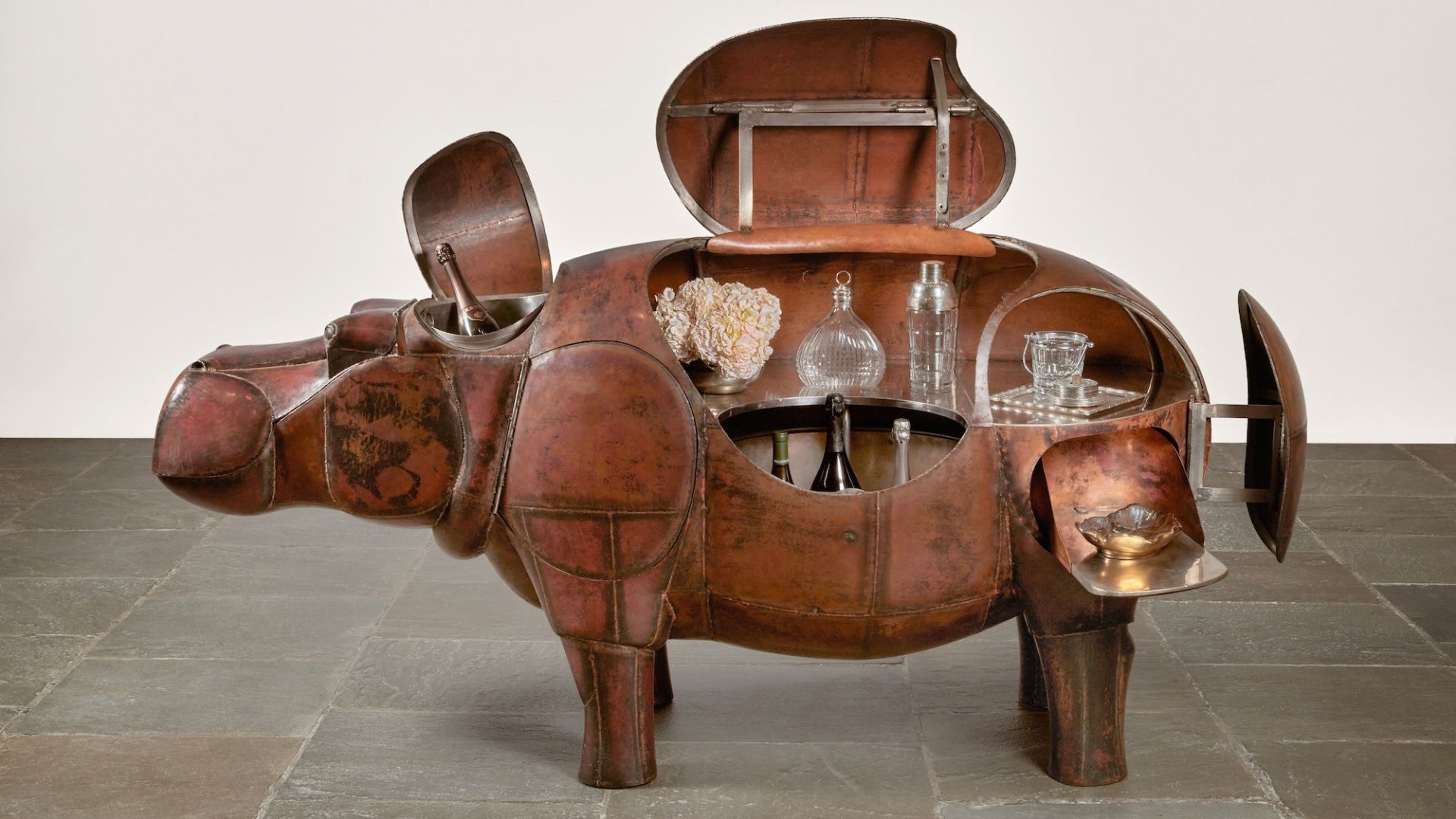 At $31.4 million, this Lalanne hippo just smashed another world auction record at Sotheby’s
At $31.4 million, this Lalanne hippo just smashed another world auction record at Sotheby’sThe jaw-dropping price marked the highest-ever for a work by François-Xavier Lalanne – and for a work of design generally
-
 Yuko Mohri’s living installations play on Marcel Duchamp’s surrealism
Yuko Mohri’s living installations play on Marcel Duchamp’s surrealismThe artist’s seven new works on show at Milan’s Pirelli HangarBicocca explore the real and imaginary connections that run through society
-
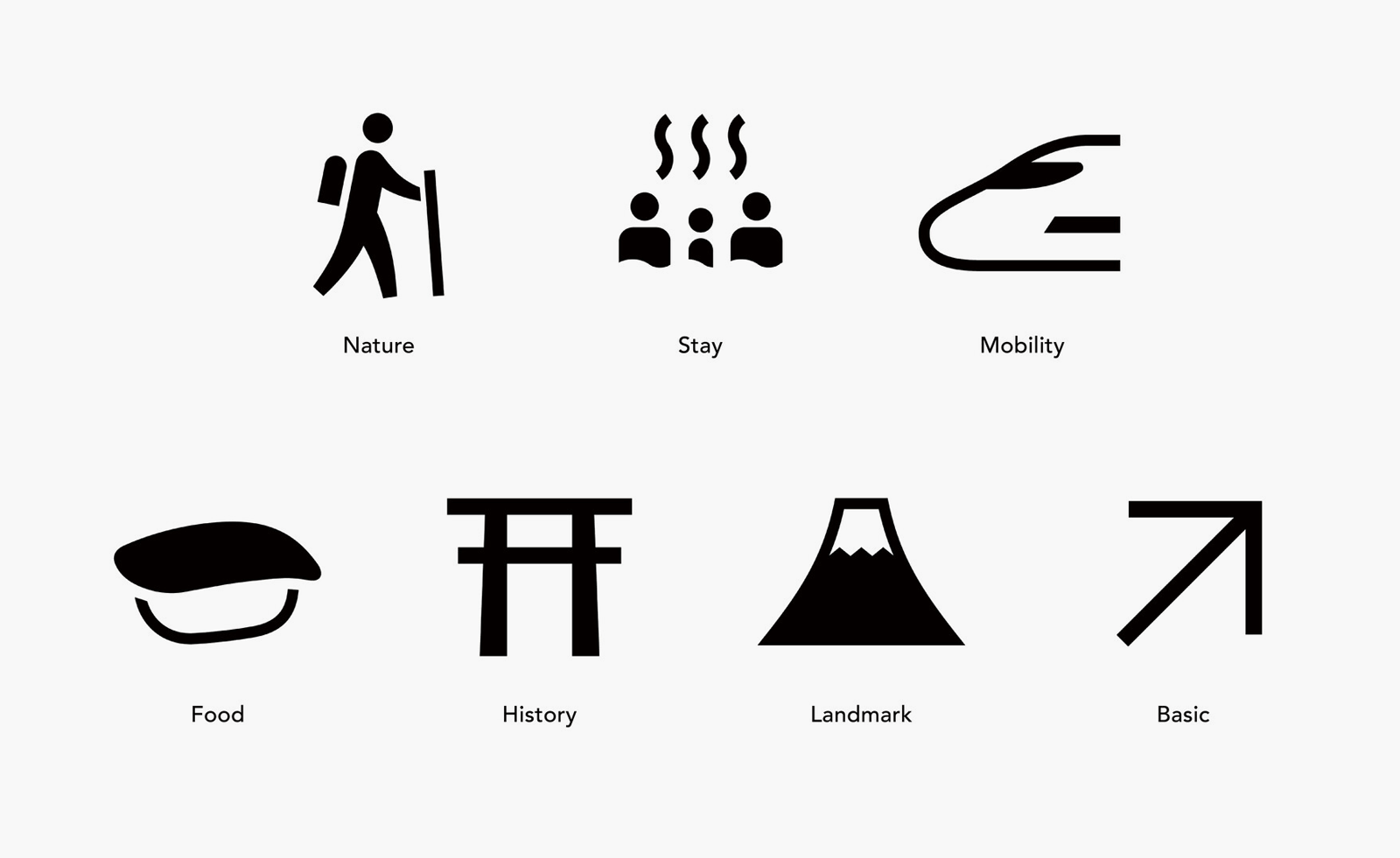 Get the picture? A new exhibition explores the beautiful simplicity of Japanese pictograms
Get the picture? A new exhibition explores the beautiful simplicity of Japanese pictogramsThe simple, minimalist forms of a pictogram are uniquely Japanese, as new exhibition 'Pictograms: Iconic Japanese Designs' illustrates
-
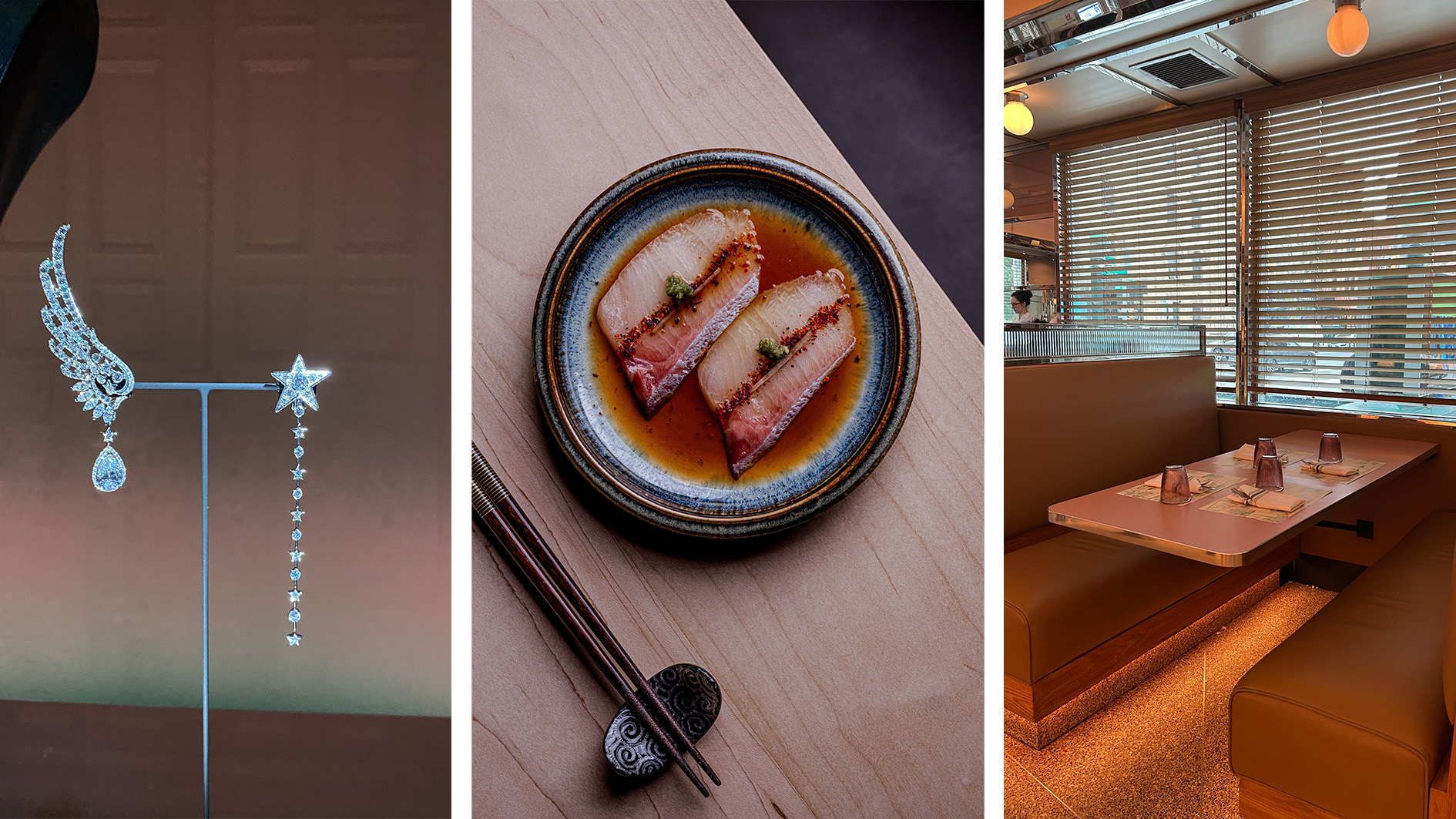 Out of office: the Wallpaper* editors’ picks of the week
Out of office: the Wallpaper* editors’ picks of the weekIt was a jam-packed week for the Wallpaper* staff, entailing furniture, tech and music launches and lots of good food – from afternoon tea to omakase
-
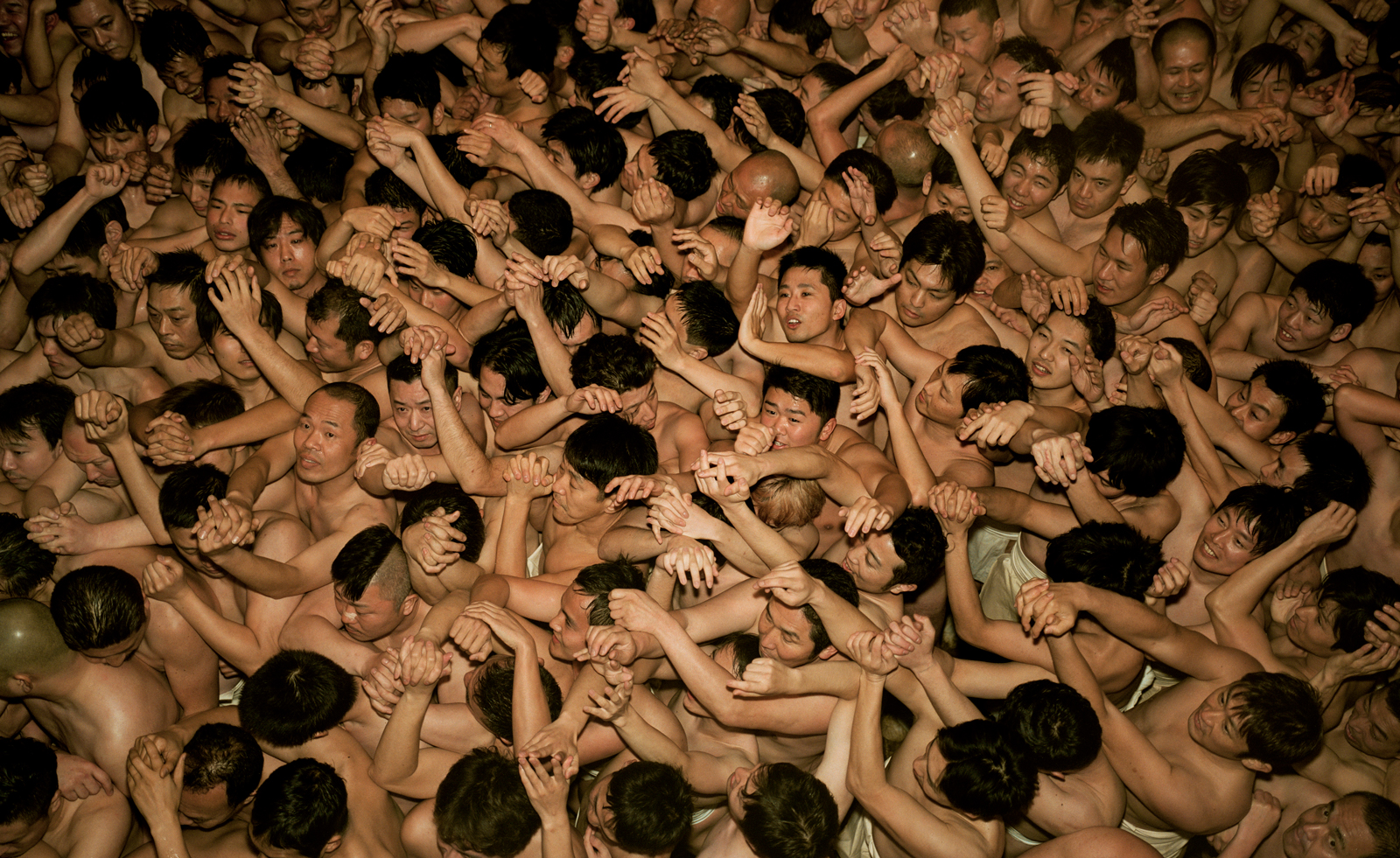 Inside Kyotographie, Japan’s world-renowned photography festival
Inside Kyotographie, Japan’s world-renowned photography festivalKyotographie 2025 embraces the theme ‘Humanity’ in Kyoto – Amah-Rose Abram reports with the highlights, from major and emerging photographers
-
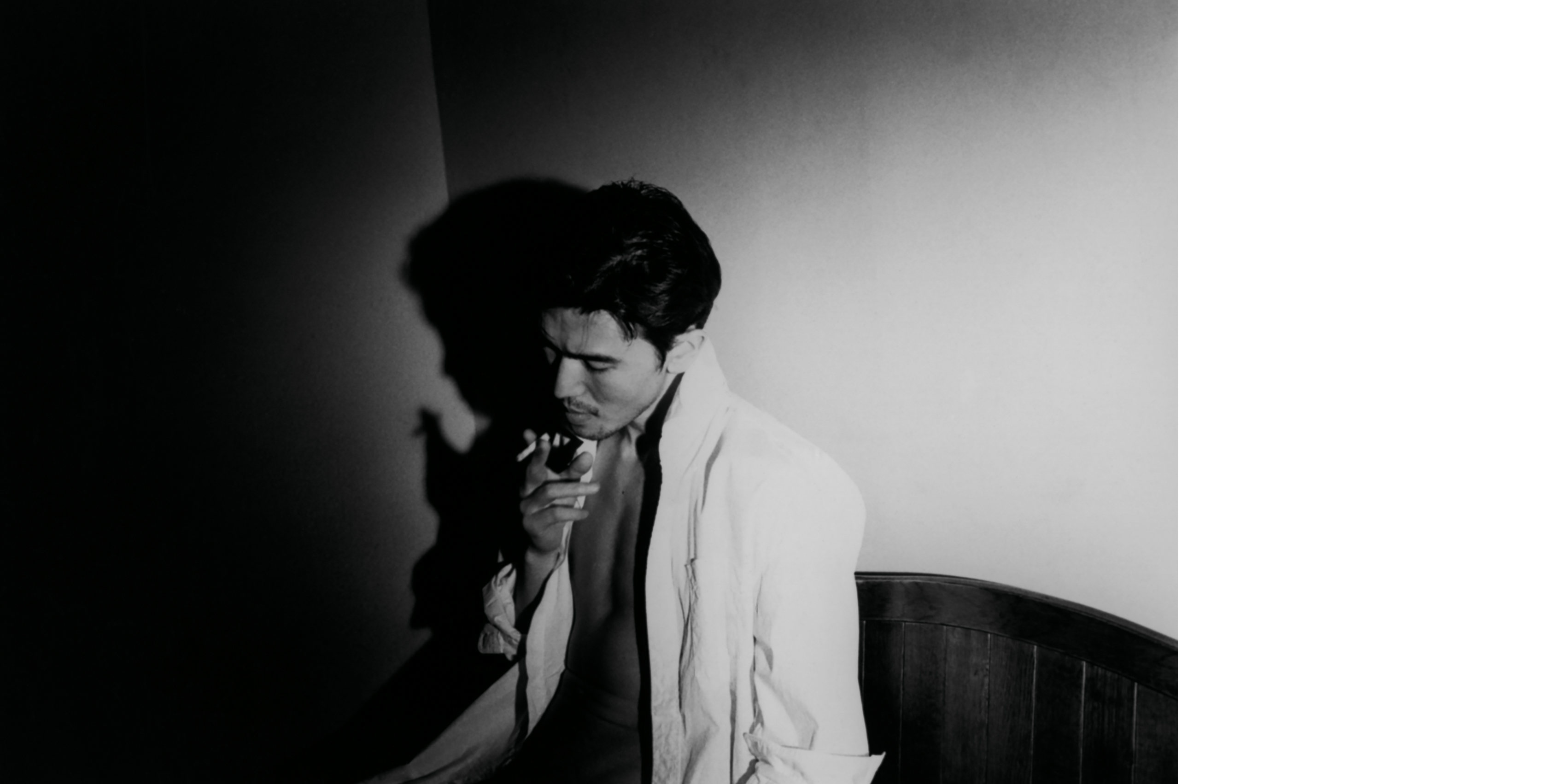 'I’m So Happy You Are Here': discover the work of Japanese women photographers
'I’m So Happy You Are Here': discover the work of Japanese women photographersSubtitled ‘Japanese Women Photographers from the 1950s to Now’, this new monograph from Aperture is a fascinating insight into a critically overlooked body of work
-
 Deathmatch wrestling’s behind-the-scenes moments and bloody glory
Deathmatch wrestling’s behind-the-scenes moments and bloody gloryA new limited-edition book explores the intersection between art and deathmatch wrestling at a sold-out show held in Tokyo
-
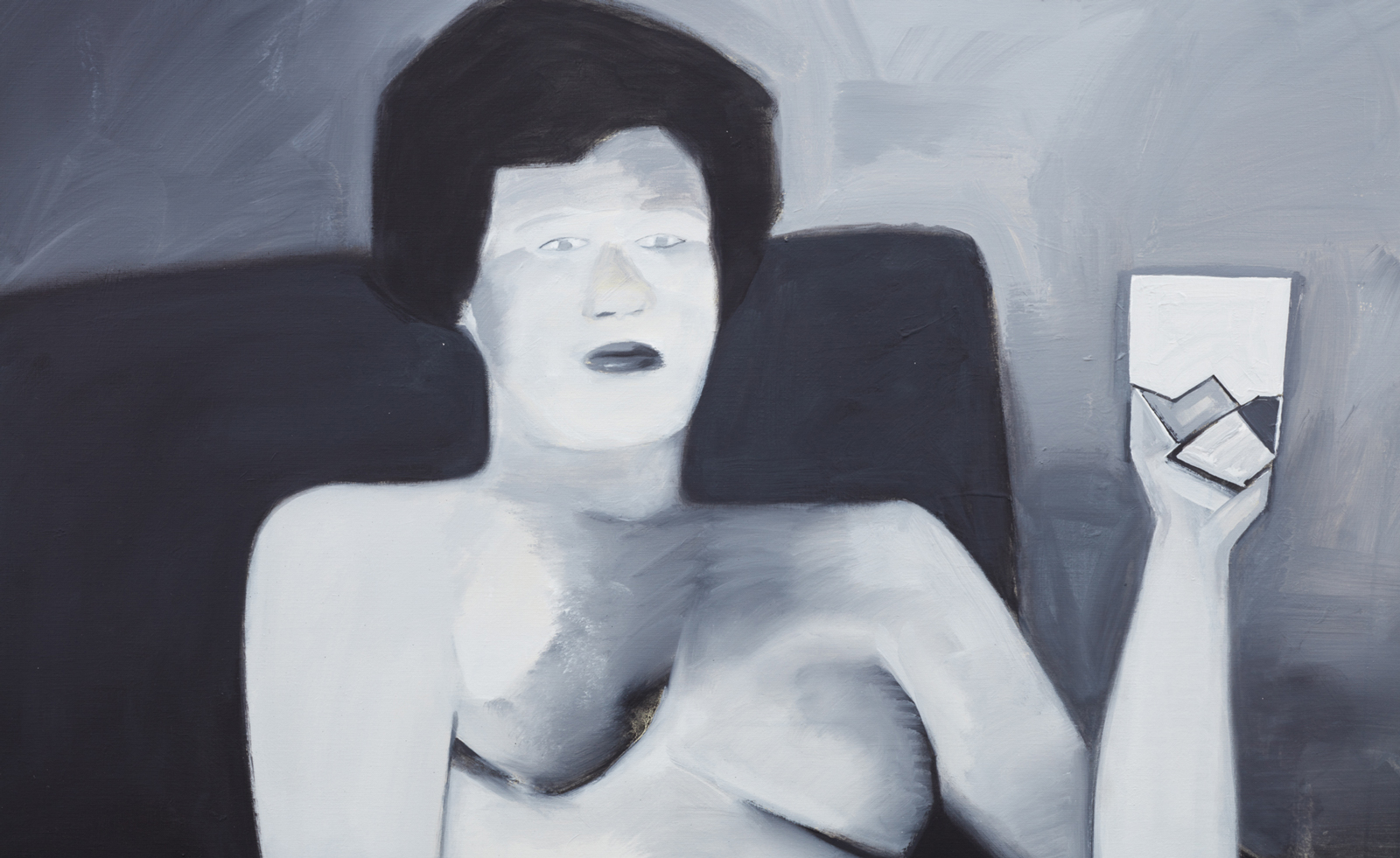 BLUM marks 30 years of Japanese contemporary art in America
BLUM marks 30 years of Japanese contemporary art in AmericaBLUM will take ‘Thirty Years: Written with a Splash of Blood’ to its New York space in September 2024, continuing its celebration of Japanese contemporary art in America
-
 Olafur Eliasson inaugurates Azabudai Hills Gallery in Tokyo
Olafur Eliasson inaugurates Azabudai Hills Gallery in TokyoOlafur Eliasson marks launch of Azabudai Hills Gallery, in Tokyo’s major new district, with a show of elemental strength